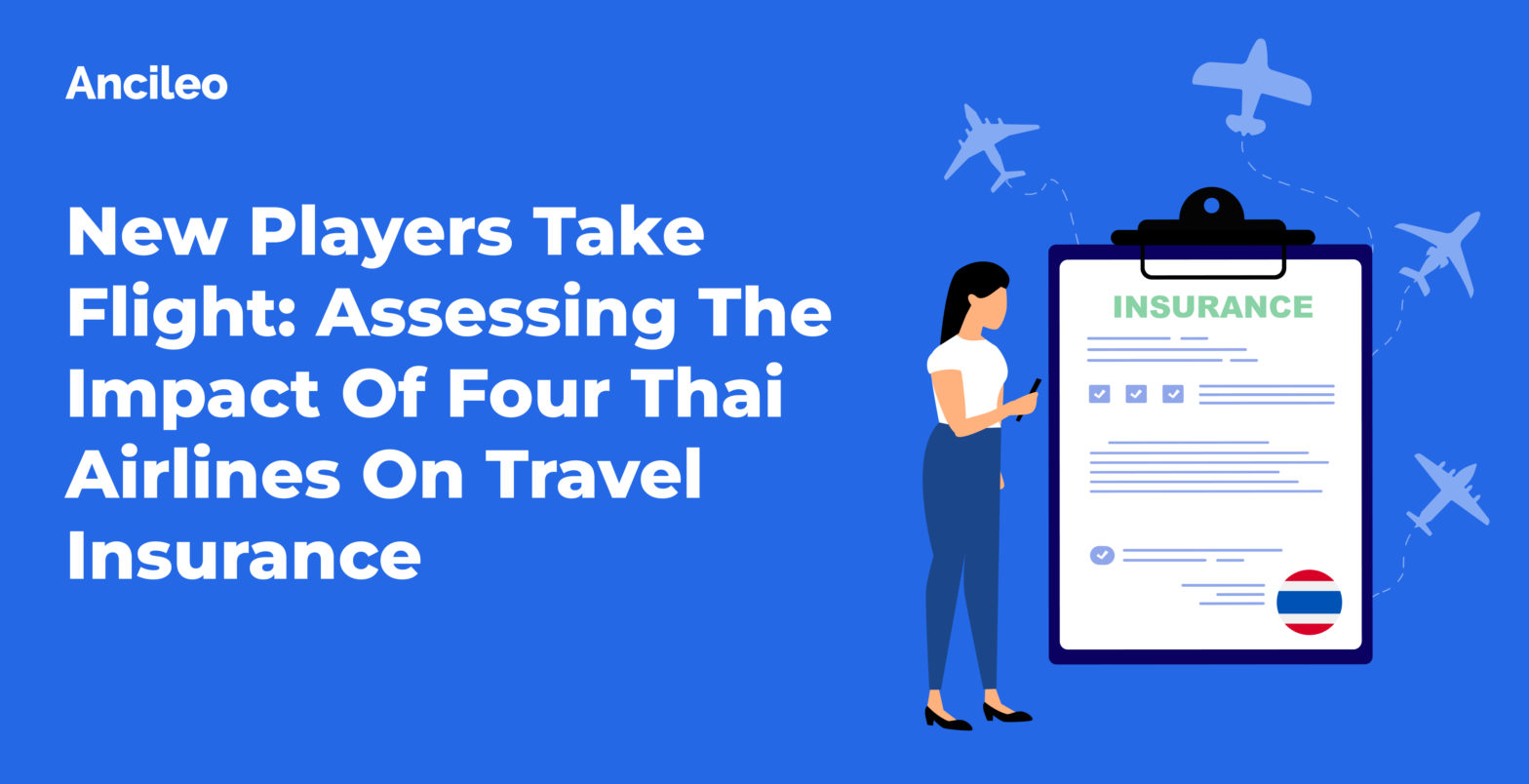
The Thai aviation industry is poised for a sudden shakeup as four new airlines prepare to enter the market, capitalizing on the surging demand from the booming tourism sector. With the arrival of Really Cool Airlines, Landarch Airlines, P80 Air, and Siam Seaplane, they are expected to ignite the competition and present fresh challenges to existing industry players.
In this article, we’ll take a closer look at how these airlines will impact the travel insurance industry and shed light on what they mean for travel insurers.
Nikkei Asia recently announced the impending debut of four airlines in Thailand, aiming to tap into the increasing demand from a resurging tourism sector. These airlines include Really Cool Airlines, P80 Air, Landarch Airlines, and Siam Seaplane.
Leading the pack, Really Cool Airlines is expected to be the first to commence operations, starting in December this year. Equipped with Airbus A330 and A350 aircraft, this airline is currently in the process of obtaining an air operation license. With a 51% ownership by Patee Sarasin, former CEO of budget airline Nok Air, Really Cool Airlines brings seasoned industry expertise to the table.
Landarch Airlines is set to take off in the first quarter of 2024, offering 12-seat propeller planes. This airline aims to cater to clients traveling between major cities and beach towns in the south, providing a more convenient and personalized travel experience. Landarch Airlines demonstrates its commitment to providing efficient and tailored services through its distinct offering of smaller aircraft.
Owned 99% by a leading shipping operator, Thoresen Thai Agencies, P80 Air plans to launch its operations with Boeing 737-800s. The airline’s primary focus will be on routes connecting several cities in China, tapping into the robust Chinese tourism market. P80 Air’s affiliation with a reputable shipping operator signals a strategic approach to entering the aviation industry.
Siam Seaplane aims to operate eight-seaters, serving routes to renowned beach towns such as Pattaya, Hua Hin, and the southern islands. With an emphasis on coastal destinations, Siam Seaplane offers a unique flying experience to travelers seeking beach getaways.
With all these exciting developments in the aviation industry of Thailand, what does it really mean for the travel insurance industry? Let’s explore some of them.
With the addition of new airlines and an anticipated surge in flight options, travelers’ horizons expand, leading to an increased demand for travel insurance coverage. Expect that many travelers will soon want to explore more destinations and engage in various activities. Travel insurers should seize this opportunity to develop customized insurance policies that cater to these needs of travelers.
The intensified competition resulting from the introduction of these new airlines could also influence the coverage options and pricing strategies of travel insurance providers. Therefore, it’s crucial for travel insurers to come up with ways on how to offer more attractive travel packages and competitive pricing in order for them to stay in the competition.
Along with the advent of these airlines are potential risks associated with flight delays, cancellations, and operational reliability. Travel insurers should reassess their current offerings and ensure that their policies are ready to address these specific risks, so that they can effectively instill confidence in travelers and provide them with comprehensive protection.
The entry of these four new players opens up new partnership opportunities for travel insurance providers. Insurers can collaborate with these airlines to offer integrated insurance solutions during the booking process of travelers, or as part of their overall travel experience.
Not just that, travel insurers can explore more potential partnerships within the industry that can provide value-added services like personalized travel assistance, emergency support, and seamless claim management system.
Despite the positive outlook, the travel insurance industry may face challenges in the wake of these developments. Rising costs, particularly on oil prices could impact the profitability of airlines and potentially impact their risk exposure. As a consequence, this may lead to a reevaluation of insurance premiums and coverage terms. In addition, the lingering effects of the pandemic, economic fluctuations, and uncertainties surrounding international travel could affect the demand for travel insurance.
The entry of four new Thai airlines presents new opportunities and challenges for the travel insurance industry. As these new players prepare to take flight, travel insurers must learn to embrace the expanding travel opportunities and adapt to the evolving landscape. Travel insurers can make the most of this changing landscape by developing tailored insurance policies, fostering collaborations with key industry players, and most importantly, remaining adaptable and responsive in the face of challenges.